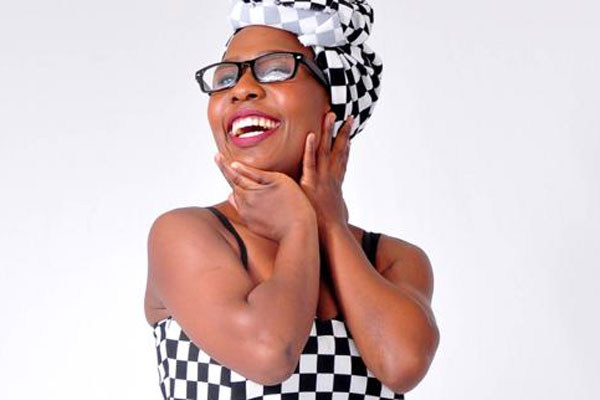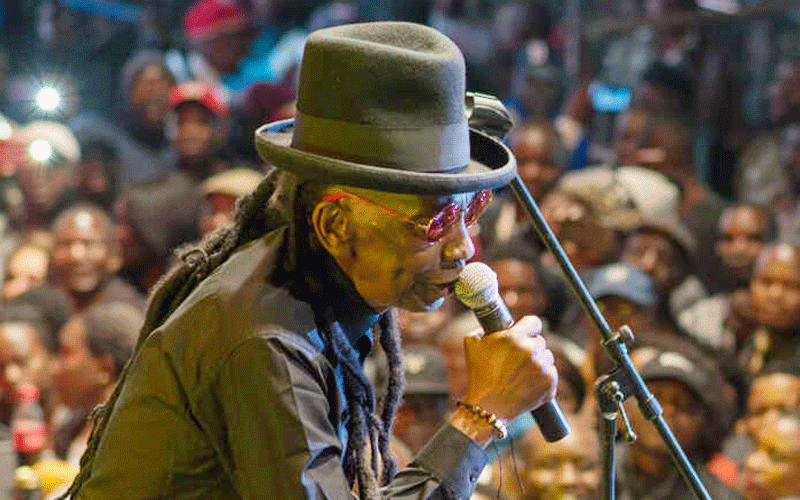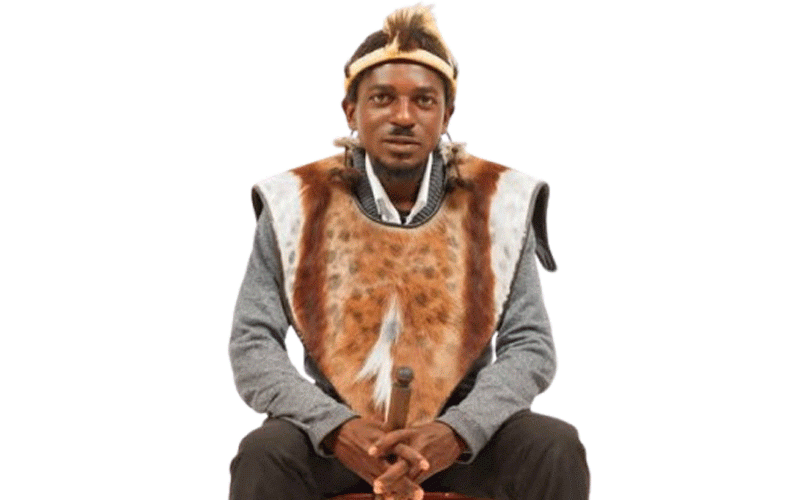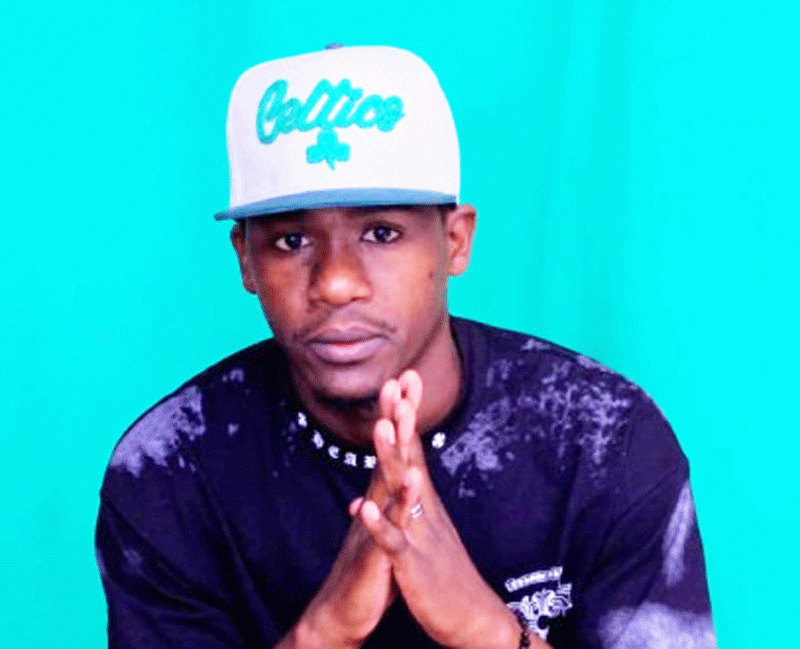
in the groove with Fred Zindi
Many of today’s artistes have passed through the Umoja Project.
Umoja Cultural Flying Carpet (CFC), as the programme is referred to, is the brainchild of Wilhelm Dahl and the Norwegian National Organisation of Cultural Schools.
Around 2002, as director of the Cultural Schools Organisation, Dahl felt there was something missing in the schools arts programmes.
He devised a project integrating positive art and cultural energy into the everyday school environment.
What began as a small pilot project developed into a national programme and in no time at all, the programme was introduced into all the Norwegian primary and secondary schools.
Dahl decided to approach the Foreign Affairs ministry in Norway seeking permission and a grant to implement the programme in Africa. The ministry agreed and a huge amount of money was given as a grant for the project.
It was through that project that the Zimbabwe College of Music was approached to implement the project’s activities, which included identifying talent in music and dance.
- Chamisa under fire over US$120K donation
- Mavhunga puts DeMbare into Chibuku quarterfinals
- Pension funds bet on Cabora Bassa oilfields
- Councils defy govt fire tender directive
Keep Reading
In 2007, Clayton Ndlovu, Rumbidzai Chipendo and myself were at the Zimbabwe College of Music auditioning participants for the Umoja Project.
There were over 150 participants who wanted to be selected. We shared the registration of these participants among the three of us.
I asked my 50 or so participants to stand in a straight line as I recorded their names one-by-one.
The ninth participant in my register was a pint-sized girl who called herself Novuyo Dube, aged 16.
Amazingly, the 20th participant in my queue came to me and said her name was Nomvuyo Dube.
I stopped the registration at once and screamed: “What are you trying to do? Are you trying to be funny?
We have no time for jokes here. You know I have taken your name down already. Now get out of the queue and sit down!” I said.
She politely answered: “Sorry, sir, you recorded my sister, Novuyo. It wasn’t me. We are identical twins.”
I was puzzled. Indeed Novuyo was sitting at the far end with those who had already been registered.
They looked so much alike. I asked “Why did your parents give you similar names?” She replied:
“That one is Novuyo and I am Nomvuyo, you see?”
Two different names.
The likeness was just incredible.
The idea of having identical twins on the project was later advantageously utilised when required as shall be seen later.
The puzzle was solved a little later when we decided to audition the participants.
Novuyo and Nomvuyo joined forces and gave scintillating Isitshikitsha dance moves, which were well-coordinated.
Ndlovu, Chipendo and I did not think twice about including them in the Umoja Project.
We told them that rehearsals in preparation for the trip to South Africa would start on the next Monday.
Novuyo then came out, “We have travelled all the way from Bulawayo and we don’t have anywhere to stay. We would like to go back home and come back by train on Sunday night.”
That was a little problem, but Umoja was well-funded and this pair had blown our minds. So, we gave them the train fares and indeed they were back on the Monday to rehearse with other Umoja participants, who included Blessing Chimanga, Farai Kuzvidza, Tiffany Mhuka, Thanda Richardson, Arnold Chisandure, Eve Kawadza, Munyaradzi Mataruse, Rutendo Machiridza, Donald Kanyuchi, Hope Masike, Vimbai Zimuto, Elisha Herema, Osborne Matengenzara, Courage Chikowo, Thelma Chibanda and Deon Piccardo, some of whom are now solo artistes in their own right. Novuyo and Nomvuyo kept going to and fro Bulawayo, but always made sure they attended rehearsals every Tuesday, Thursday and Friday.
When we were ready, the number of participants had whittled down to 40. We decided to pick 25 out of those 40 to represent Zimbabwe in South Africa. Of course, there was no way we could leave out our shining stars, Novuyo and Nomvuyo.
We decided to travel by bus because we had a limited budget. We booked onto the Greyhound and we were at Roadport on Friday night. We made sure that everyone had a passport, which was a necessary requirement for crossing the border. We travelled all night to Beitbridge and arrived there around 4am.
It was at the border that we discovered that one of the twins did not have a passport. My immediate reaction was to send her back to Bulawayo, but the twins had a trick up their sleeve.
Novuyo would have her passport stamped by immigration and after crossing the border, would send someone going back to the Zimbabwean side with the same passport to give to her sister.
It was the same on the way back.
We even got stopped by the South African police on the way back who came on to the bus and asked for everyone’s passport.
Novuyo, who was sitting at the front, passed her passport, after the police had looked at it, to her sister Nomvuyo, who was sitting at the back.
They had no problems identifying themselves as the picture in the passport looked just like that of the bearer.
This was the only time the twins could be separated. Everywhere they went, you would find them together. Even during meals, they chose to sit next to each other.
While in South Africa, the two girls gave outstanding performances to the extent that the director of Alexandra Community Centre offered them a job and tried to persuade them to stay in South Africa to give performances at his centre.
Sy Ntuli, a South African jazz artiste, informed me about this plot and I went to talk to the twins about it. I told them that if they chose to take the job they had been offered, they should return to Zimbabwe with us first and make it on their own. After one week, we were all back in Zimbabwe.
I think the twins chose not to go back to South Africa. The Umoja Project closed down in 2012 and I did not see Novuyo or her sister again until 2015 when I met Novuyo at Long Cheng Plaza. She was there as a contestant on the Starbrite Talent Show. She was the 2015 Starbright winner in that contest.
She received prizes, which included a house stand, phone tablet, steam iron, bluetooth speaker, a trip to China plus US$500.
We got chatting and she told me that she had been studying for a Diploma in Music Production at the College of Creative Arts Africa in Bulawayo.
Barney Mupariwa, the director of Star Brite, came to us while we were chatting and told Novuyo off: “You are not supposed to talk to the judges.
That’s unethical.” I later explained to him that Novuyo and I had known each other since the Umoja days in 2007 and we were not discussing Starbrite issues. That was the last time I saw Novuyo. We briefly communicated via Facebook in 2016 and I lost contact as she came off that platform.
I made several attempts to get in touch with Novuyo “Seagirl” Dube in the last two weeks in order to get an update on what she has been up to, but all in vain. However, I am reliably told that since then, she has travelled to China on a Starbrite ticket to represent Zimbabwe.
I am also told that she has given birth to a baby boy and has recorded a smash hit titled AEIOU. As for her twin sister, Nomvuyo, I am completely lost. My thinking was that identical twins share the same skills and Nomvuyo would do exactly the same as Novuyo, just like they did during their inseparable Umoja days.
From my twin studies, it has always been clear that even though when the twins are identical (monozygotic), there are still some differences between them that emerge over time. Could that be the reason why Nomvuyo is hiding in the shadow of Seagirl, Novuyo? I will find out soon.
Feedback: [email protected]











